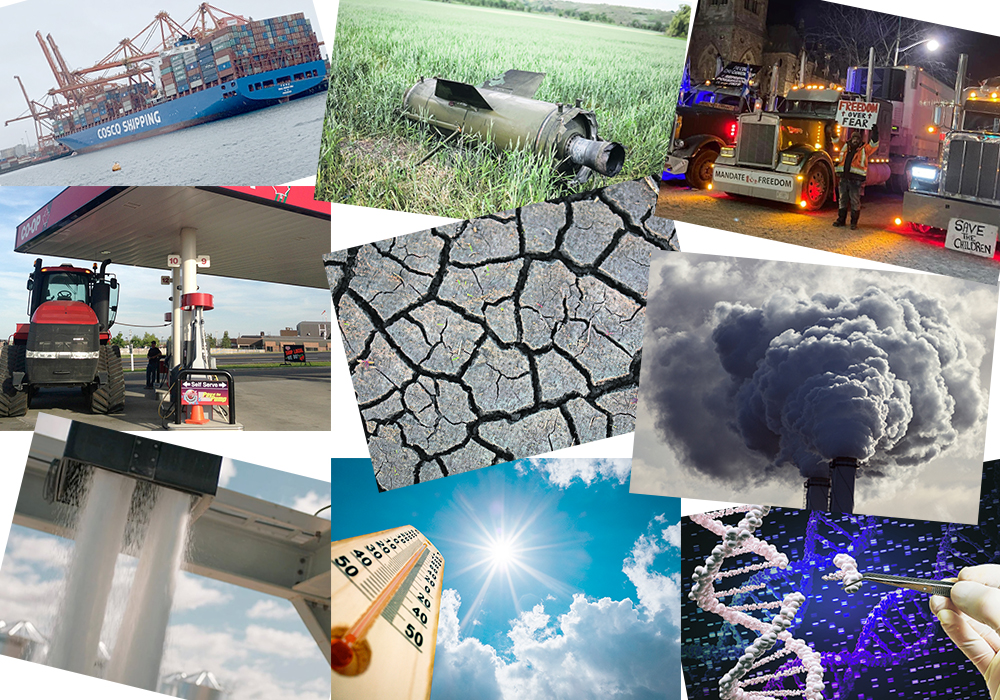On a typical day, I tie up a lot of my brain’s finite capacity before 9 a.m. Then, I attempt to put that scramble aside, but end up reaching my limit again.
Earlier this year, I thought I was unique. I believed that my propensity to make myself busy and operate at or near capacity at all times was a pattern of behaviour specific to me. It’s absurd, really. But I would say things like, “I am just so busy these days.”
It turns out that all or at least most of us are functioning at the brink of collapse as COVID-19 restrictions lift. In our hasty return to how things were, we’ve overshot normal and landed on a mode of being that is neither sustainable nor desirable.
Read Also

Invigor Gold variety viewed as threat to condiment mustard
Invigor Gold, the canola-quality mustard developed by BASF, is on a collision course with Canada’s condiment mustard industry. It’s difficult to see how the two can co-exist.
This is true for the entire agricultural industry.
What the ag sector is going to need most in the next few years is the same as what it needs now: it needs to find ways to build capacity among farmers and among civil servants to comprehend an increasingly complex and interwoven agriculture sector and provide solutions.
Many farmers don’t understand the issues affecting their industry like they should, and the same could be said about our civil servants.
I use the word “capacity” because I’ve heard it used often; mostly it’s organizations telling me they don’t have it. Or, it’s peers telling me that the industry needs to have more of it.
Bear with me for another brief analogy. Say the ag industry is composed of 10,000 TVs. I can only view five at a time. My neighbour can view another five. Larger organizations may be able to view, say, 50 or 100, with smaller ones limited to 25. Civil servants range from about two to 15, depending on their team’s combined capacity. The entire industry coming together is still not enough to view all 10,000 sets.
This is the puzzle we’re faced with. Do we figure out how to view more TVs? Do we take stock of which groups are watching which screens and do a better job of mitigating against overlap and redundancy? Do we prioritize some screens over others and implement structures to ensure none are forgotten?
Whatever the answer is, agriculture needs to figure this out. We are struggling to create good policies. We are having difficulty navigating the environmental language that is now, whether you like or not, threaded into the fabric of the industry. The industry, it seems, is also having a tough time separating its disdain for our government and the Canadian ag sector’s need to present with more confidence to the global marketplace.
If farmers take the time to learn about the issues that will affect them and about the issues that are currently affecting them from credible experts and credible sources, the industry’s capacity will increase. We will be able to view more screens.
Farm groups drawing from the expertise on their boards will experience capacity increases. Maybe civil servants could view more screens, too.
This will be a challenge, but it’s a worthy one.
In order for me to follow my own guidance and increase my knowledge of the ag industry, I will have to give up something. Perhaps I could close a few dozen tabs on my browser and see if that creates any room.
Toban Dyck farms in southern Manitoba and shares his thoughts through media platforms.















